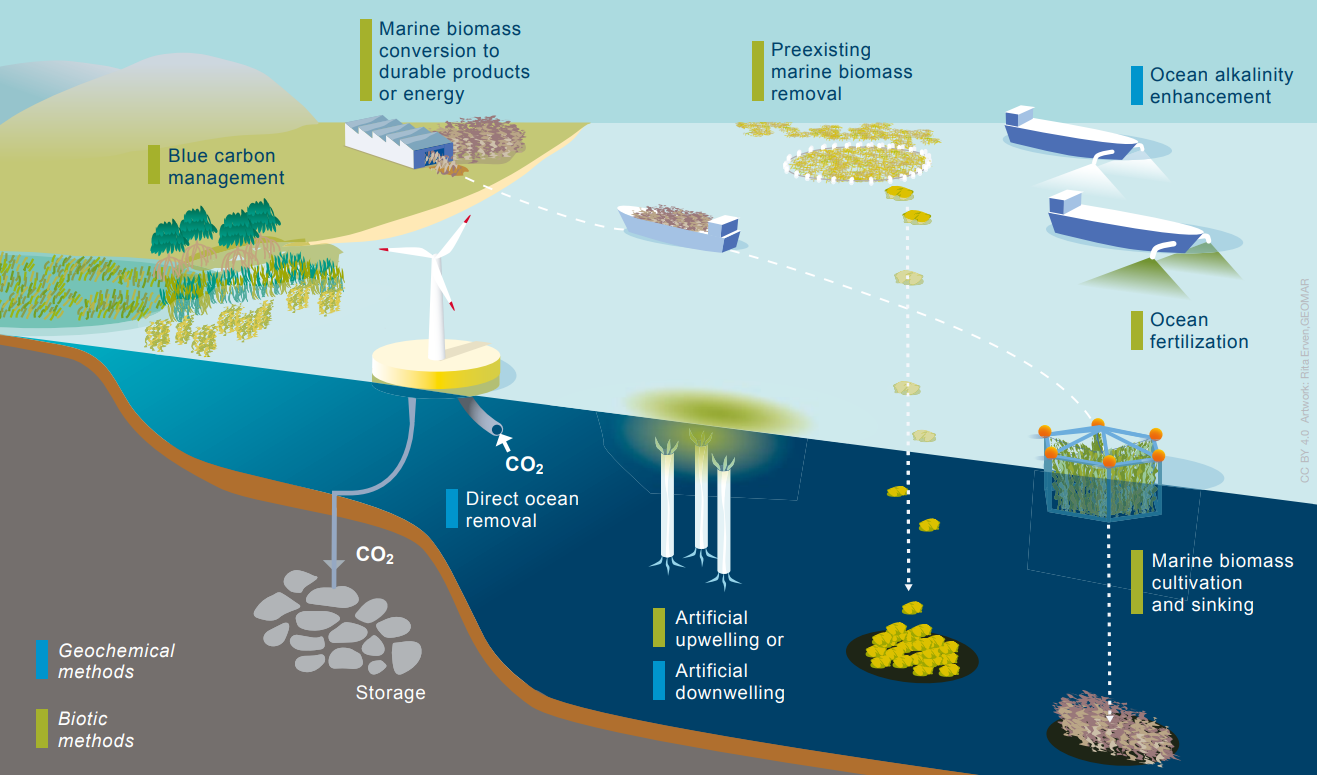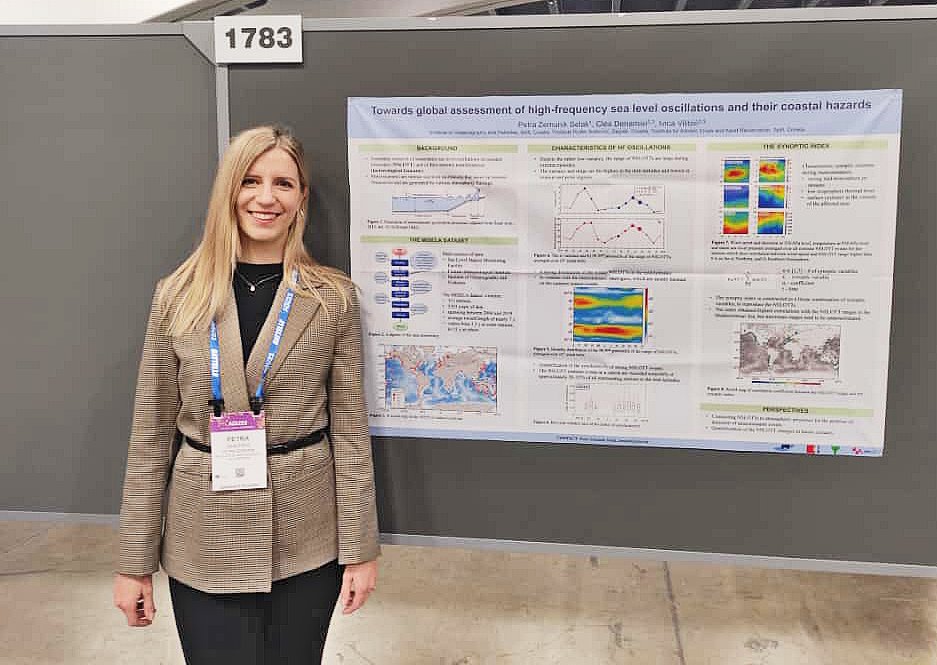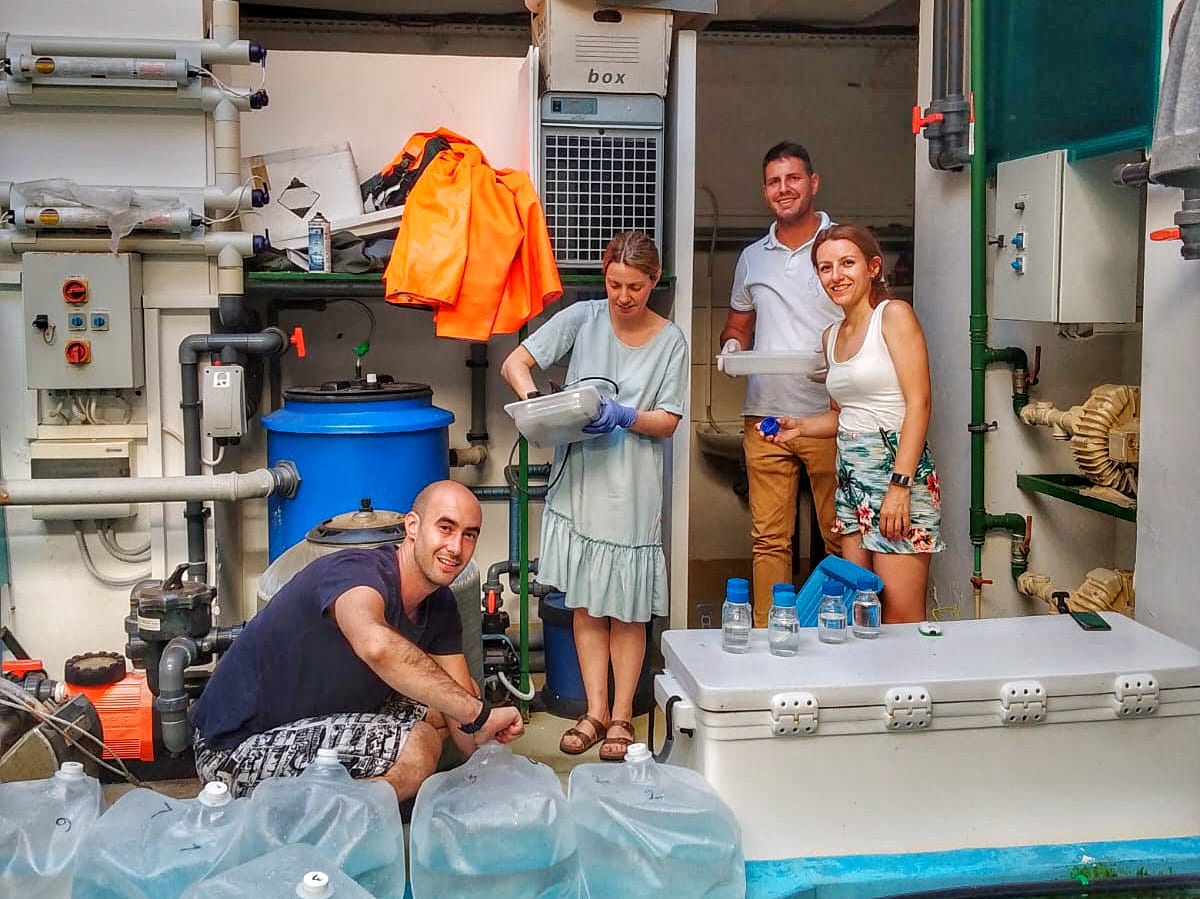In the latest study, conducted in collaboration between Croatian, Italian, and Slovenian scientists, it was shown for the first time that the deep Adriatic, not only its surface, is rapidly warming and increasing in salinity. By combining historical measurements (dating back to 1957, carried out by the Institute of Oceanography and Fisheries in Split), Argo floats, and moored instruments, a clear shift in the dynamics of the deep Adriatic has been documented.
After decades of relatively stable conditions, since the mid-2000s an accelerated increase in temperature (up to +0.8 °C) and salinity (up to +0.2) has been observed. Moreover, the physical properties of dense water masses formed in the northern Adriatic and flowing southward have changed. These waters are now warmer and saltier than before, directly influencing stratification and the dynamics of the entire water column.
What surprised the researchers most was the pace of change. Processes that previously unfolded over decades are now occurring within just a few years. Particularly noteworthy is the so-called “density reversal.” While higher temperatures would normally be expected to reduce seawater density, the increased salinity has partly counteracted this effect, keeping density relatively high. The inflow of extremely saline northern Adriatic waters further reduces stratification and alters the properties of dense waters.
This rapid alteration of the Adriatic’s physical properties is occurring at least five times faster than projected by high-emission climate scenarios. Such changes may have major consequences for the sea’s biogeochemistry, the organisms inhabiting it, sea level, and many other interconnected processes.




